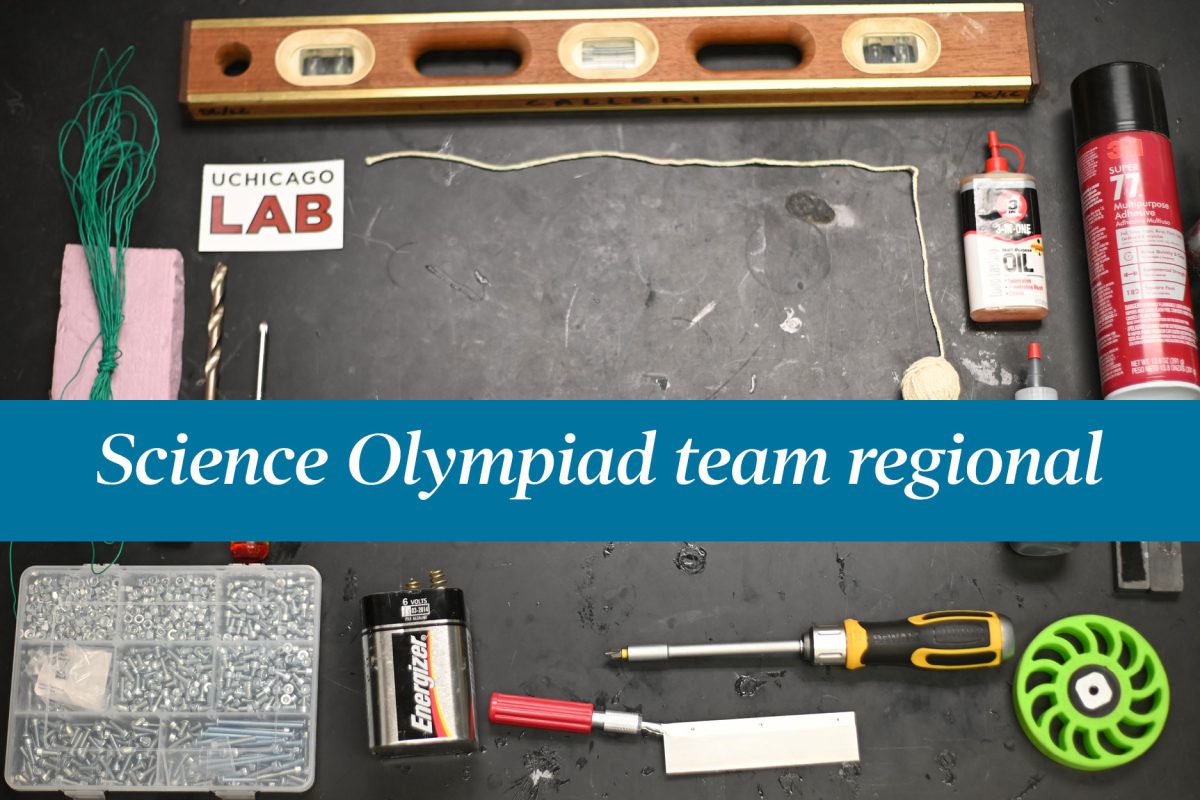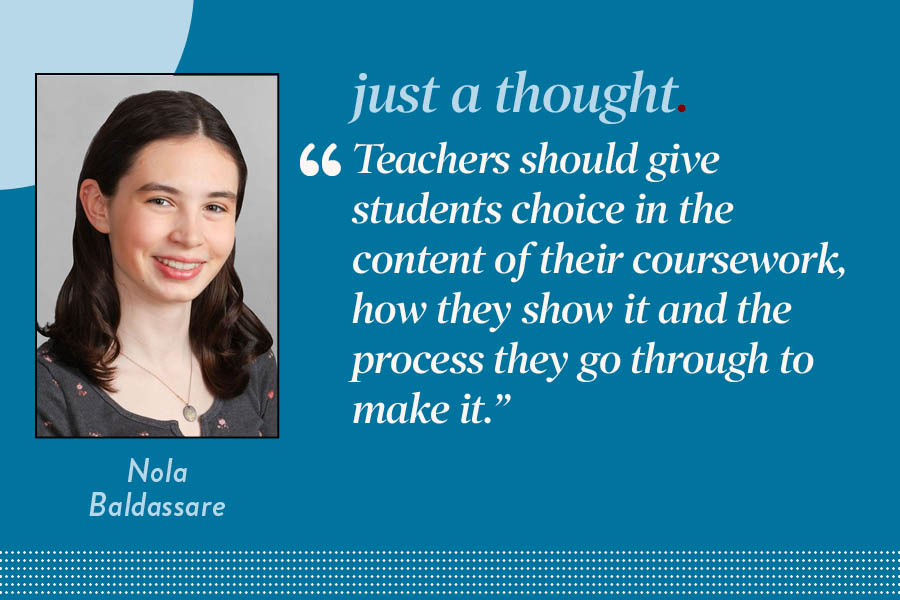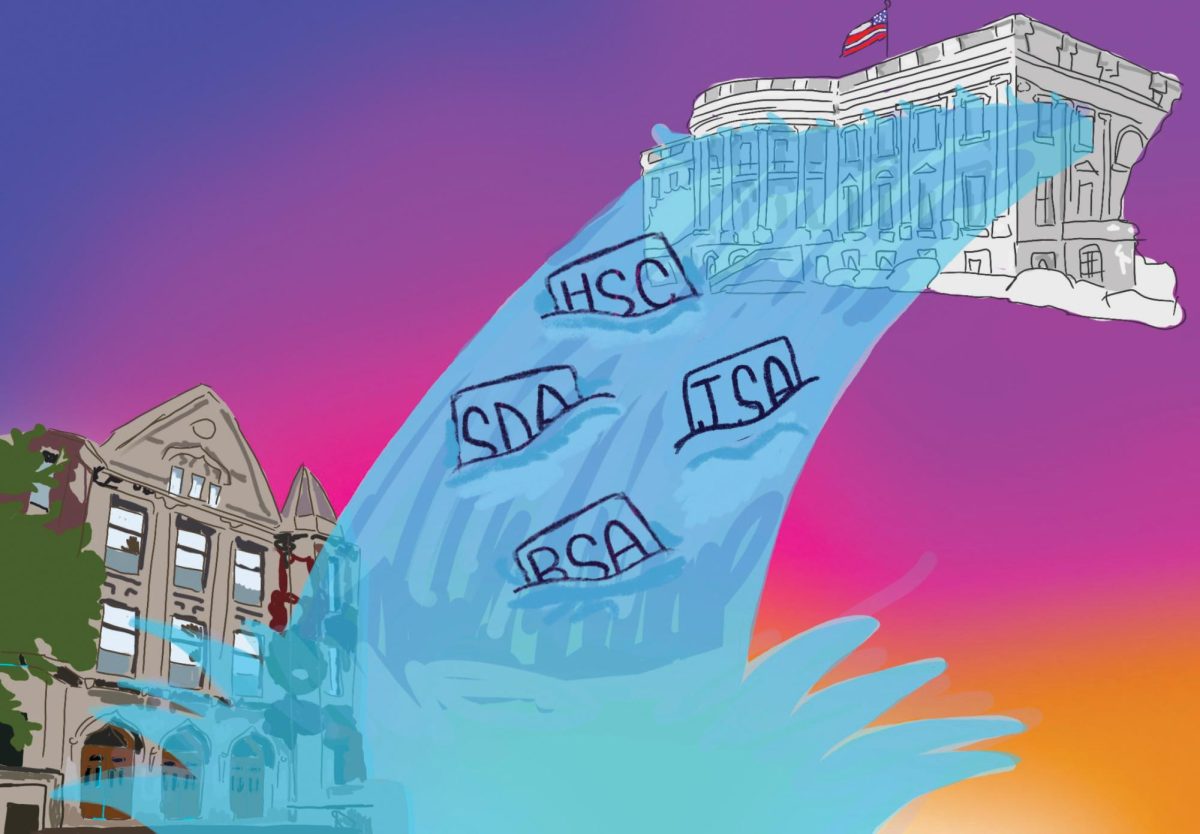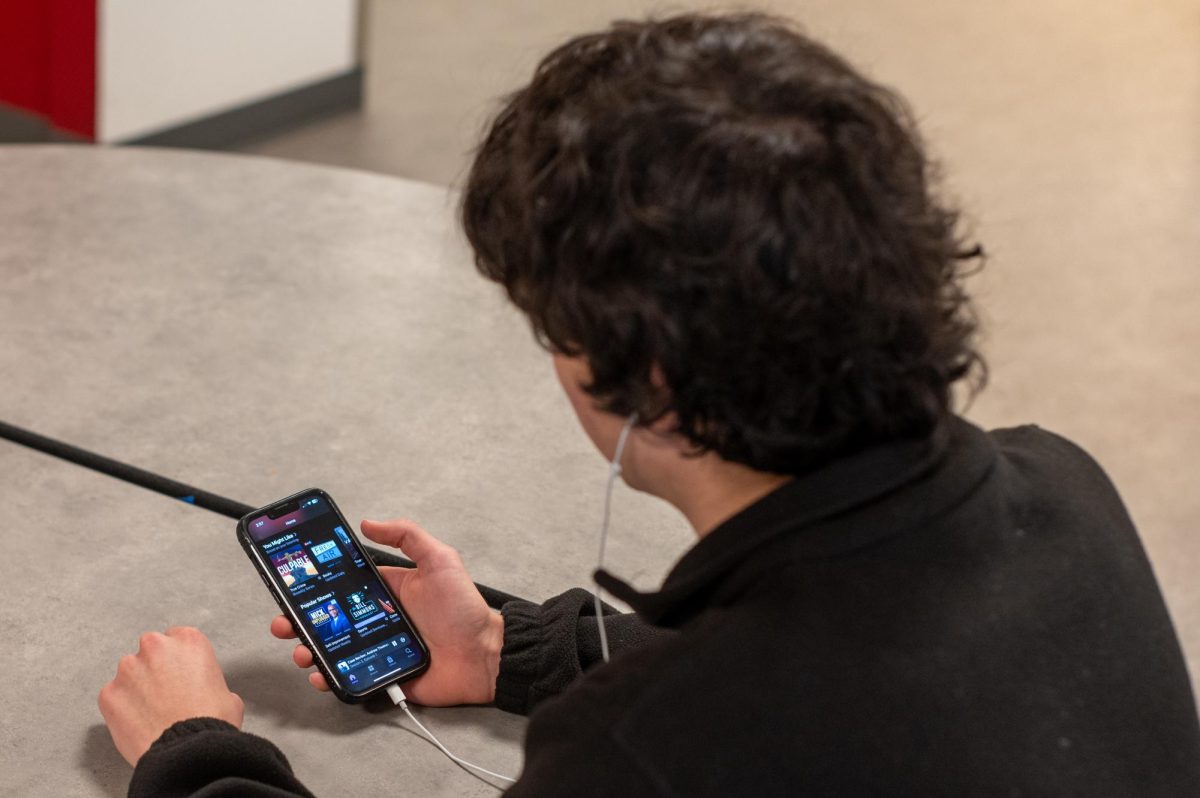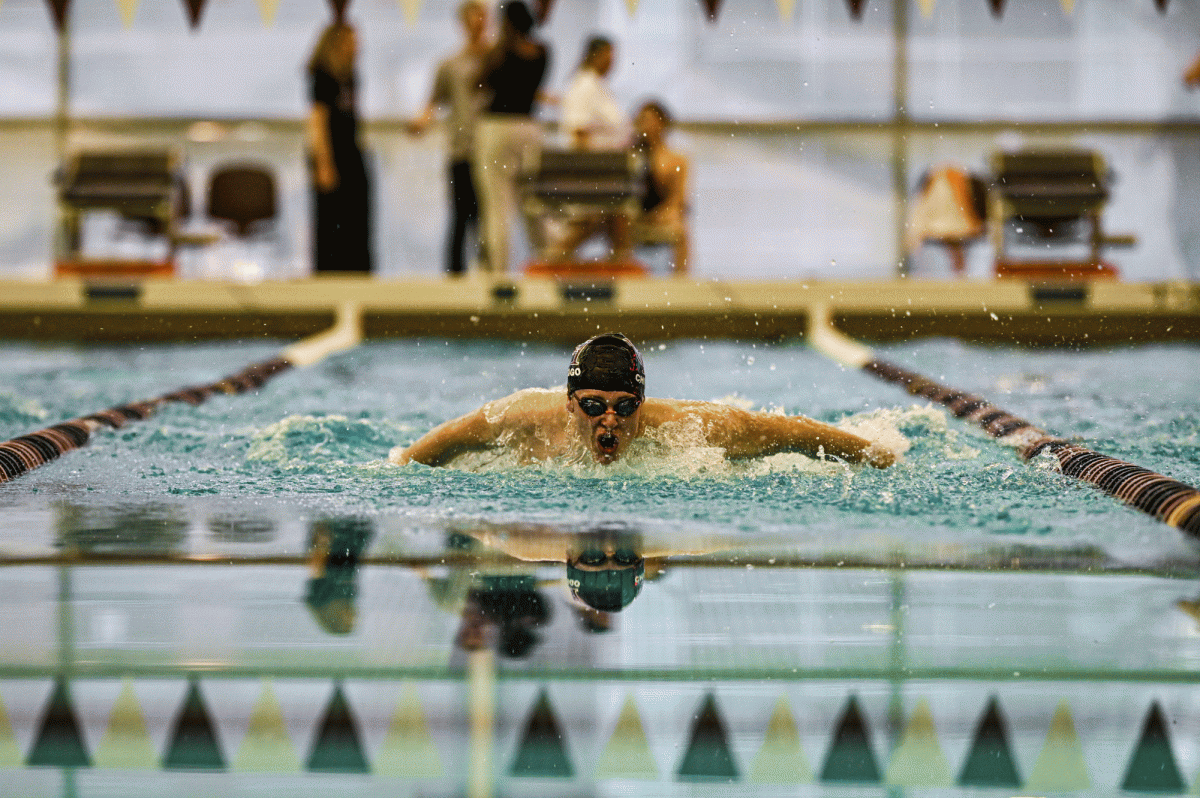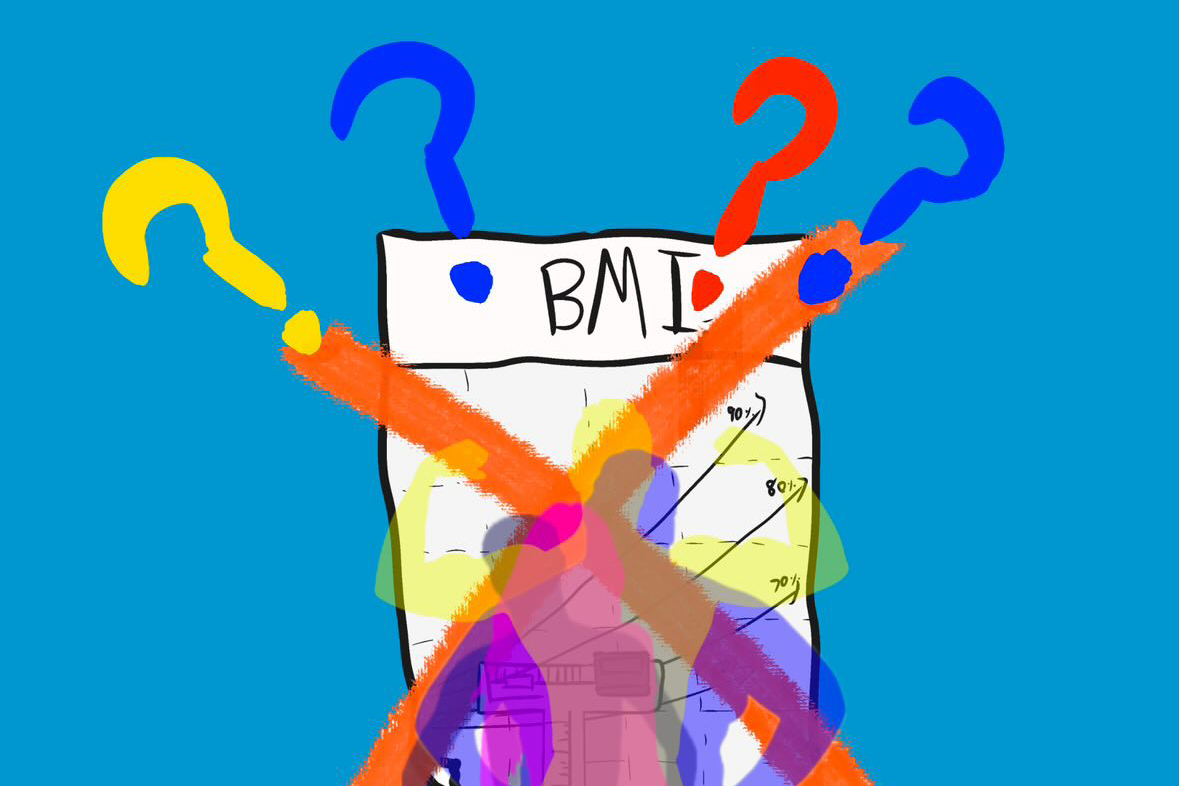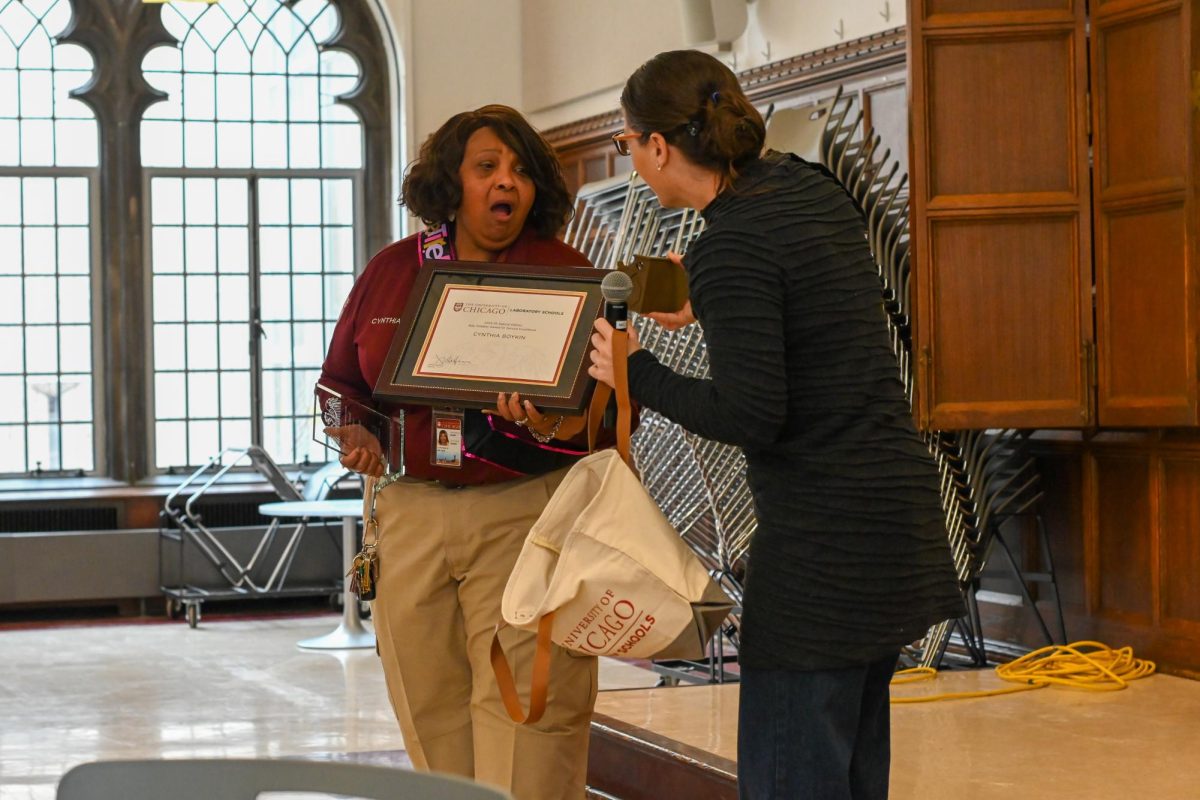Robotics holds meeting in person to collaborate on projects
November 11, 2020
While most clubs have been restricted to virtual meetings, Robotics Club has been approved to meet on campus during distance learning. Under strict COVID-19 protocols, members of the club work each Saturday at Café Lab building and coding robots for competition.
In gaining approval to meet on campus, club members had to meet many qualifications and make their case for why meeting in person is necessary.
Interim Associate Director Brian Hewlett said that when requesting approval, it is important to demonstrate awareness of public health guidelines and the ability to enforce them with proper logistics.
Senior Nicholas Pietraszek, president of the Robotics Club, said club members were glad their meetings were approved and was insistent on how critical the permission was for the club.
“We are very grateful the school could approve us for in-person meetings,” he said. “It is simply impossible to build a robot without having several people working on it together in person.”
While in previous years the club had a dozen members per build, this year they are limited to five. In addition, assigned in-person club members must divide to work on individual sections of their robots to maximize efficiency and follow safety protocols such as not sharing the same parts.
To limit the number of in-person attendees and reduce the risk of spreading the coronavirus, coders work at home and communicate with their teammates during their allotted meeting time each Saturday.
This includes remote observation using a television provided by club adviser Darren Fuller.
“I lead the coding subteam, and I used to work directly on the robot, downloading and updating my code,” Nicholas said. “Now I do it from home while observing my teammates remotely from a flat-screen TV Mr. Fuller has set up at the cafeteria.”
Despite the new environment, club members still have high expectations for their two FIRST Tech Challenge teams and one FIRST Robotics Competition team. FTC competitions consist of smaller teams of six to eight people prepared to compete in a broader field of robotics, while FRC competitions encourage larger teams of 10 to 31 people to specialize in one aspect of robotics.
Nicholas said they hope to compete in multiple competitions over the upcoming months and earn spots in the FTC state competition and eventually top their qualification in the FRC world competition.
Club member Thomas O’Connor, a junior, said the club’s high expectations stem from the hard work they have been able to put in despite restrictions.
“This year I am exceptionally proud of our teams and thankful of our coaches for jumping through the hurdles needed to be able to practice on a limited basis in-person,” he said. “I think because of the work we have put in to show up and work in a safe manner, we have high expectations for this year.”






